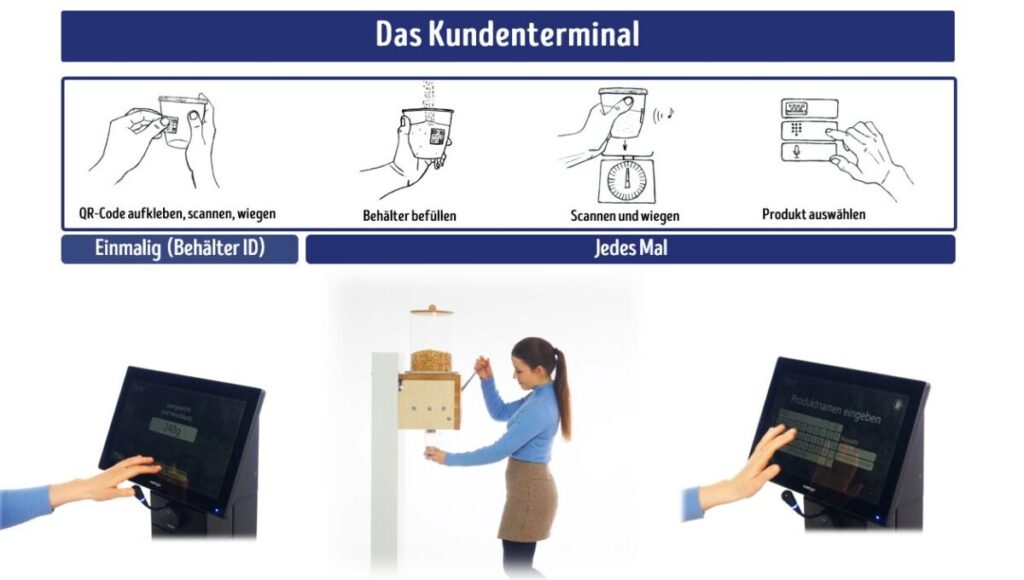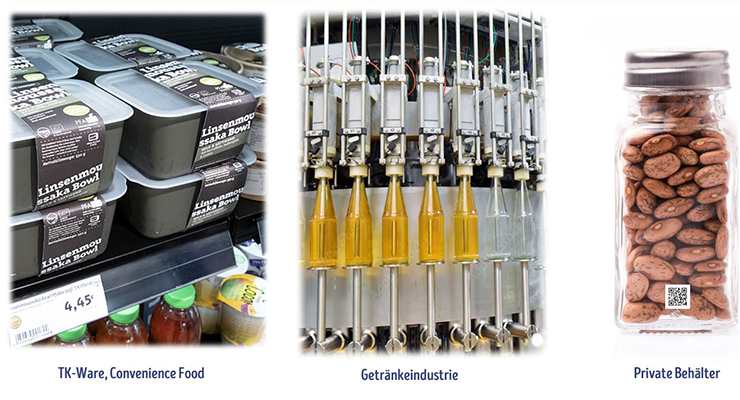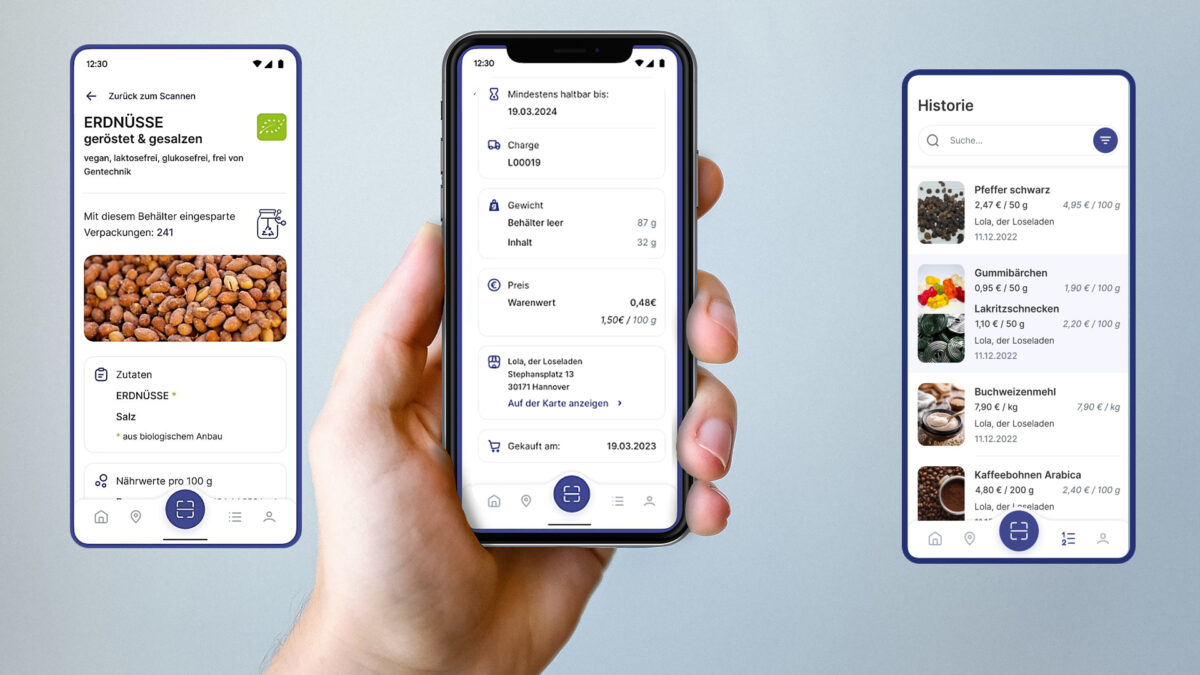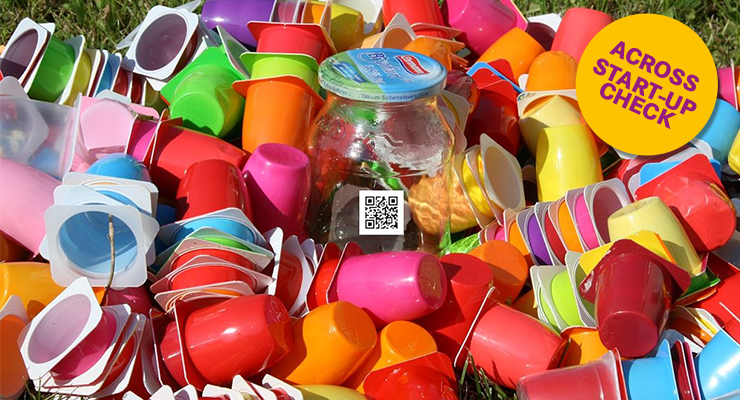Customers can create their own deposit pools or use existing pools and track them individually. Containers or cloth bags of any type, including those already available, can be used. There are various options for coding the selected container: The serial QR codes used for this purpose are either incorporated into the production process of the reusable containers or attached afterward using an adhesive label or plastic clip to make them waterproof and non-detachable.

The customer terminal. A QR code is stuck on once, scanned and weighed. For each subsequent use, simply fill the container, scan and weigh it at the terminal, select the product and pay for the contents. Credit: TareTag
Additional barcode labeling is no longer necessary. The container’s tare is permanently stored behind the QR code in a database. Information about its contents is added when it is filled and updated when it is refilled. This product information complies with legal requirements, as it is usually found on the packaging or menus. In addition, the database entry can contain further information, such as recipe ideas, cleaning instructions, or brand presentations.

Digital linking of contents and reusable containers. Credit: TareTag
Deposit status and deposit value entries are automatically managed at the POS. Gastronomy and retail usually use the same returnable containers and can easily increase their customer bases with this system. Consumers can fill returnable containers or their containers themselves. At a specially developed customer terminal with integrated scales, they assign the product (nuts, dried fruit, etc.) to its container using an intuitively guided display design. These terminals are typically located in retailers’ unpackaged or fresh food departments.

Credit: TareTag
All entries are accessible via an app. Container migration and filling history can also be tracked seamlessly, which means that individual batches can also be tracked retrospectively. TareTag thus creates maximum transparency for retailers, restaurateurs, and consumers and a valuable data pool for deposit management, consumer behavior, and sustainability reports.

Michael Albert und Sonja Schelbach (Founders TareTag)
Credit: Lena Wagner
You can find more information about the Start-up here







